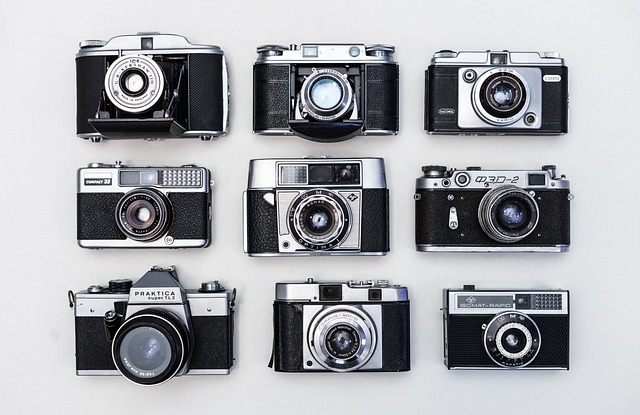The Resurgence of Analog Photography in the Digital Age
In an era dominated by digital technology, a surprising trend has emerged in the world of photography. Analog film cameras, once considered obsolete, are making a remarkable comeback. This resurgence is not just a fleeting nostalgic phase but a significant movement that's reshaping the landscape of contemporary photography. From professional photographers to hobbyists, many are rediscovering the unique charm and artistic value of film photography, sparking a renewed interest in this classic medium.

The Appeal of Imperfection
One of the key factors driving the analog renaissance is the unique aesthetic that film photography offers. In a world where digital perfection is the norm, the imperfections and unpredictability of film have become increasingly appealing. The grain, color rendition, and dynamic range of film create a distinctive look that many find more organic and emotive than digital images. This analog aesthetic has become so desirable that numerous digital filters and presets attempt to mimic it, yet many photographers argue that nothing quite captures the essence of film like the real thing.
A Return to Craft
The process of analog photography itself is a significant part of its appeal. Unlike the instant gratification of digital photography, film requires patience, skill, and a deeper understanding of photographic principles. From choosing the right film stock to manually adjusting exposure settings, and finally developing the film, each step demands careful consideration. This return to the craft of photography has attracted many who seek a more hands-on, deliberate approach to image-making. It’s not just about the final image but the entire journey of creation.
Educational Renaissance
The resurgence of analog photography has also had a profound impact on photography education. Many schools and universities are reintroducing or expanding their film photography courses. Students are learning traditional darkroom techniques alongside digital processes, gaining a more comprehensive understanding of the medium. This blend of old and new is creating a generation of photographers with a unique skill set, able to navigate both analog and digital realms with ease.
Environmental and Ethical Considerations
Interestingly, the analog revival has also sparked discussions about sustainability in photography. While digital photography has its environmental concerns, particularly regarding electronic waste, film photography raises questions about chemical usage and disposal. However, many argue that the longevity of film cameras and the mindful approach to shooting (due to limited exposures per roll) can be more sustainable in the long run. This has led to innovations in eco-friendly film development processes and a renewed focus on responsible practices within the industry.
Cultural Impact and Artistic Expression
The resurgence of analog photography extends beyond technical aspects, influencing contemporary art and popular culture. Art galleries and museums are showcasing more film-based works, appreciating their unique qualities and historical significance. In fashion and commercial photography, the film aesthetic has become highly sought after, with many high-profile campaigns opting for the analog look. This trend has also influenced cinema, with several notable filmmakers choosing to shoot on film rather than digital, citing its irreplaceable texture and emotional quality.
The Future of Analog in a Digital World
As we look to the future, it’s clear that analog photography is not just surviving but thriving in the digital age. Rather than being replaced by digital technology, it has found a complementary role, offering a different approach to image-making. The challenge now lies in ensuring the continued availability of film and processing facilities, as well as preserving the knowledge and skills associated with analog photography. Many in the industry are optimistic, seeing the current resurgence as a sustainable trend rather than a passing fad.
In conclusion, the revival of analog photography represents more than just a nostalgic return to the past. It’s a reaffirmation of the enduring value of traditional photographic processes in the modern world. As digital technology continues to advance, the unique qualities of analog photography serve as a reminder of the diverse ways in which we can capture and interpret the world around us. This resurgence has not only enriched the field of photography but has also sparked important conversations about art, technology, and the nature of image-making in the 21st century.




